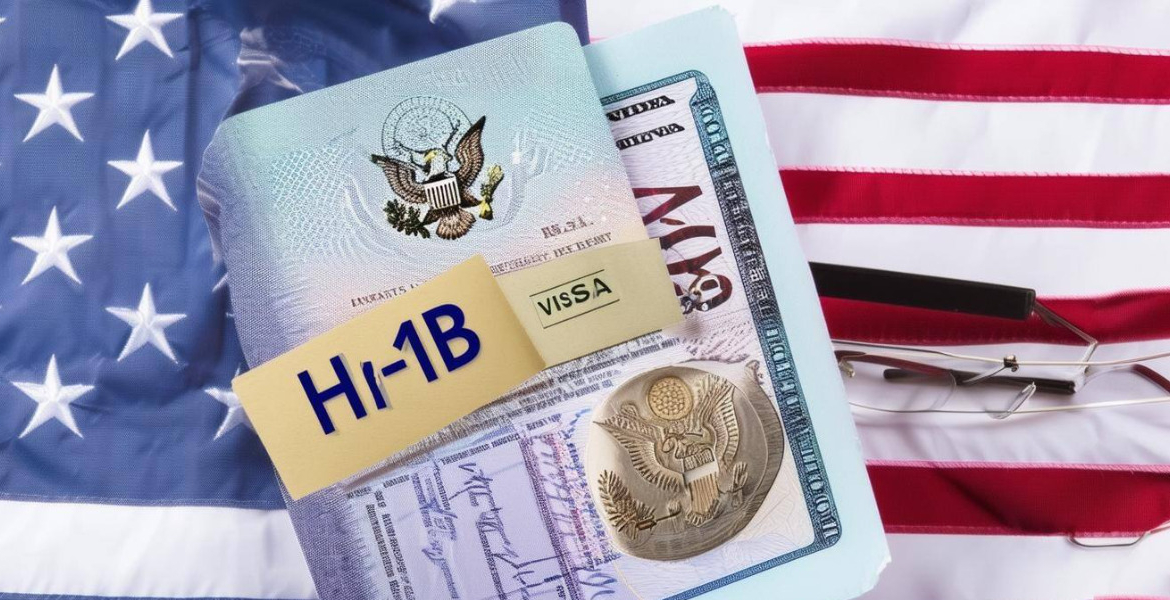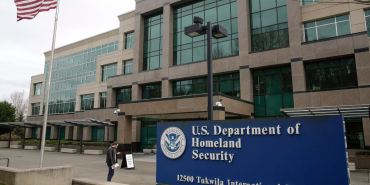H-1B Visa Holders in the US Now Earn an Average of $167,533 Annually

The average annual salary for H-1B visa holders in the United States is now $167,533, according to new data from ZipRecruiter, with earnings varying widely across roles, industries, and locations.
The top 10% of H-1B earners make over $206,500 per year, while a large share of salaries fall between $141,000 and $192,000. This suggests a concentration in mid-to-high income positions, rather than consistently top-tier pay across the board. Among specific job titles, SAP Business Objects Consultants lead with an average salary of $126,666, reflecting strong demand for enterprise software and data management skills.
This role equates to an hourly rate of $60.90. Beyond the technology sector, H-1B jobs are becoming more diverse. Roles such as door-to-door pest control sales and remote aircraft inspection authorisation offer salaries between $73,848 and $78,042 per year. Although lower than tech-focused roles, these positions still offer competitive wages and reflect the broadening scope of H-1B employment.
At the lower end, the “H-1B minimum category”, a benchmark used to classify entry-level roles, has an average salary of $98,250. The lowest among the top five H-1B job listings is the sales inspector role, which pays $53,082 annually. These figures highlight significant variation in pay even within higher-ranking positions.
Geographic location has a clear impact on salary levels. Barrow and Nome in Alaska, along with Cupertino, California, report salaries well above the national average. Barrow leads with H-1B salaries 24.6% higher than average, followed closely by Cupertino at 23.4%. However, the difference between the highest-paying cities is relatively small, with only about 5% separating Barrow and Palo Alto.
These regional differences are influenced by the cost of living. In cities like Cupertino and other parts of Silicon Valley, higher salaries may be offset by high housing and living costs. For many visa holders, considerations such as affordability, infrastructure, and healthcare play a key role in deciding where to live and work.








Add new comment